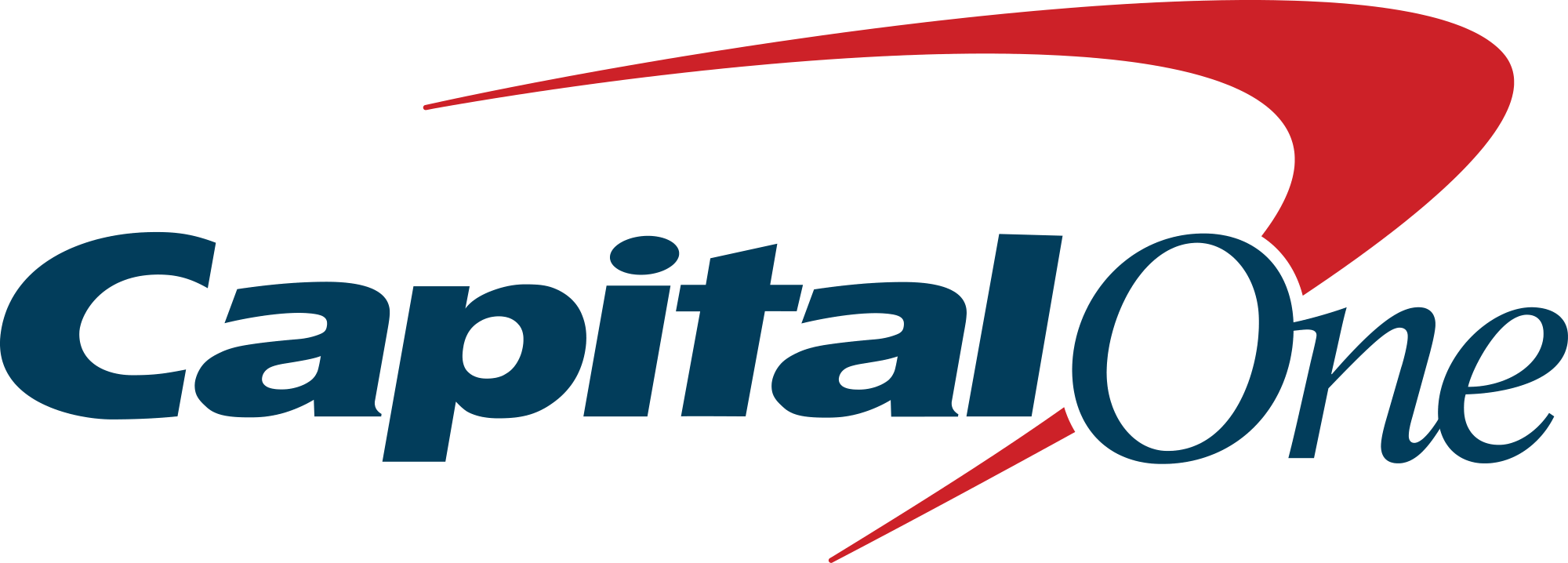The short answer is yes. U.S.-based savings accounts all have routing numbers.
A routing number corresponds to a banking institution, not to a specific type of account. Routing numbers are used for several purposes in addition to check-writing, such as setting up direct deposit or transferring money between banks -- both of which are common practices in savings accounts.
With that in mind, here's some more information on what a routing number is, how to find the routing number for your own savings account, and what you may need your savings account's routing number for.
What is a routing number?
A routing number -- its technical name is an ABA routing transit number -- is a nine-digit code that identifies the financial institution where a bank account is held. Along with your account number, a routing number is used to identify your individual U.S.-based bank account.
Every U.S. bank has at least one specific routing number assigned to it, as this helps to accurately distinguish between banks -- especially those with similar-sounding names.
Routing numbers are most commonly associated with checking accounts, where they appear on the bottom of every check along with the account number. They appear in order to tell the receiving financial institution where the check writer's account is held.
However, all U.S. savings accounts also have a routing number associated with them, as they are issued to all banks that have an account with the Federal Reserve.
Compare savings rates
Make sure you're getting the best account for you by comparing savings rates and promotions. Here are some of our favorite high-yield savings accounts to consider.
Where can you find your savings account's routing number?
If you have a book of personalized savings deposit slips, your routing number is likely on them. Look for a nine-digit code towards the bottom left of one of the slips.
If you don't have any deposit slips handy, you can also typically find your routing number on your account statement or on your bank's website.
If you're still having difficulty, or if you aren't 100% sure that the number you're looking at is the correct routing number, call your bank to find out.
What savings routing numbers are used for
In checking accounts, routing numbers are often used to set up bill pay by direct debit, but things like this aren't too common in savings accounts.
However, there are numerous situations where you'll need to know your savings account's routing number.
While this isn't an exhaustive list, here are a few common reasons you may need to use your savings account's routing number:
- If you want to set up a direct deposit for some, or all, of your paycheck to automatically deposit into your savings account.
- If you need to transfer money between banks. For example, if you're buying a house and need to transfer money from your savings account to an escrow account, you'll need to know your routing number.
- If you want to have some or all of your tax refund deposited into your savings account.
- If you want to link two accounts from different institutions. For example, if you have a high-yield online savings account and a checking account with a different institution and want to be able to make savings deposits easily with your checking account, you'll need to know your routing number to link the accounts.
To sum it up, not only do savings accounts have routing numbers, but you'll need to know this important piece of account-identifying information in several possible scenarios.
Many people are missing out on guaranteed returns as their money languishes in a big bank savings account earning next to no interest. The Ascent's top savings account picks can earn you more than 10x the national average savings account rate.
We're firm believers in the Golden Rule, which is why editorial opinions are ours alone and have not been previously reviewed, approved, or endorsed by included advertisers. The Ascent, a Motley Fool service, does not cover all offers on the market. The Ascent has a dedicated team of editors and analysts focused on personal finance, and they follow the same set of publishing standards and editorial integrity while maintaining professional separation from the analysts and editors on other Motley Fool brands.


